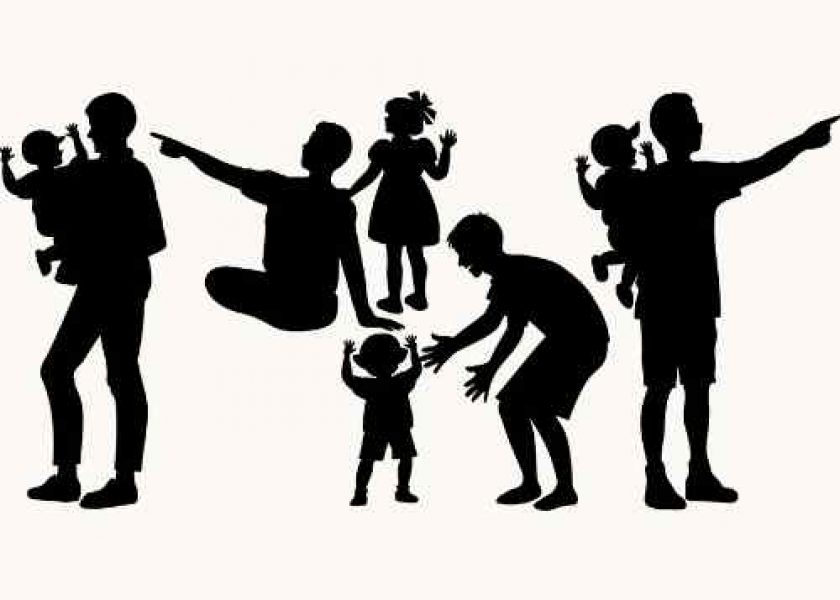
5 Signs of Bullying at School: What Teachers Must Know
Bullying in schools is a serious issue that can have long-lasting effects on students’ well-being and academic performance. As educators, it is crucial to be vigilant and proactive in identifying and addressing bullying behaviors. In this blog post, we will explore five key signs of bullying at school that every teacher should be aware of and provide strategies/tips regarding how to address them.
1. Changes in Behavior
One of the most common signs of bullying at school is a noticeable change in a student’s behavior. Keep an eye out for students who suddenly become withdrawn, anxious, or exhibit signs of depression. They may start avoiding certain areas of the school or showing reluctance to attend classes or extracurricular activities.
Such behavioral changes may indicate that the student is being targeted by bullies and is experiencing emotional distress. By noticing these signs, teachers can offer support and initiate appropriate intervention strategies.
2. Physical Signs of Abuse
Physical signs of abuse, such as unexplained bruises, scratches, or injuries, should never be ignored. While accidents can happen, frequent or suspicious injuries should raise concerns. Students who are being bullied may try to conceal their injuries or provide vague explanations for how they occurred.
Teachers should be attentive and observant, documenting any signs of bullying at school or physical abuse and promptly reporting them to the appropriate school authorities and parents.
3. Social Isolation
Bullied students often face social isolation as a result of their peers’ negative behaviors, which can be indicative of signs of bullying at school. They may find themselves excluded from social groups or notice a sudden loss of friends.
Teachers should pay attention to students who consistently eat alone, have difficulty finding partners for group activities, or exhibit signs of loneliness. Encourage a supportive classroom environment and foster inclusivity to help bullied students feel safe, accepted, and connected.
4. Academic Decline
Bullying can have a significant impact on a student’s academic performance. Victims may experience difficulties concentrating, completing assignments, or participating actively in class. They may exhibit a decline in grades, lack of motivation, or increased absenteeism.
Teachers should monitor students’ academic progress closely and identify any signs of bullying at school that may lead to declining academic performance. By addressing these concerns promptly, educators can provide necessary academic support and work with the student to regain their confidence and engagement in learning.
5. Emotional Distress
Bullying often causes emotional distress in victims. Watch for signs of bullying at school which eventually lead to students experiencing anxiety, depression, irritability, or emotional outbursts. Bullied students may exhibit low self-esteem, a loss of interest in activities they previously enjoyed, or frequent emotional ups and downs.
It is essential for teachers to create a safe and trusting environment where students feel comfortable sharing their feelings. By fostering open communication, teachers can offer support, connect students with appropriate resources, and implement strategies to address and prevent further bullying incidents.
What can Teachers do to help such Kids?

“Billy the Bully,” written by Sharon Linen, is a touching and enlightening children’s book that discusses the sensitive topic of bullying. This captivating story unfolds through the eyes of Billy, a young boy who grapples with the consequences of his hurtful behavior.
As Billy embarks on a transformative journey, both he and his peers learn profound lessons about empathy and compassion. This book was also awarded the “Mother’s Choice Awards” for its amazing efforts in bringing awareness about bullying and how children should stand against it.

Through relatable experiences, the book fosters a deep understanding of the underlying reasons behind bullying while emphasizing the significance of treating others with kindness, love, and respect. “Billy the Bully” is an invaluable resource for encouraging essential values and promoting a harmonious and inclusive environment among young readers.
Related Post: Top 5 Child Books about Bullying According to Parents
Conclusion
As educators, recognizing the signs of bullying at school is crucial for creating a safe learning environment. By observing behavioral changes, physical abuse indicators, social isolation, academic decline, and emotional distress, teachers can proactively address bullying incidents. Furthermore, incorporating resources like ‘Billy the Bully’ by Sharon Linen offers valuable insights into bullying dynamics from the bully’s perspective.
Encouraging dialogue, promoting inclusivity, and implementing anti-bullying strategies inspired by books such as ‘Billy the Bully’ can make a significant difference in preventing and combating bullying. Let’s work together to ensure every student feels safe, supported, and respected at school.




